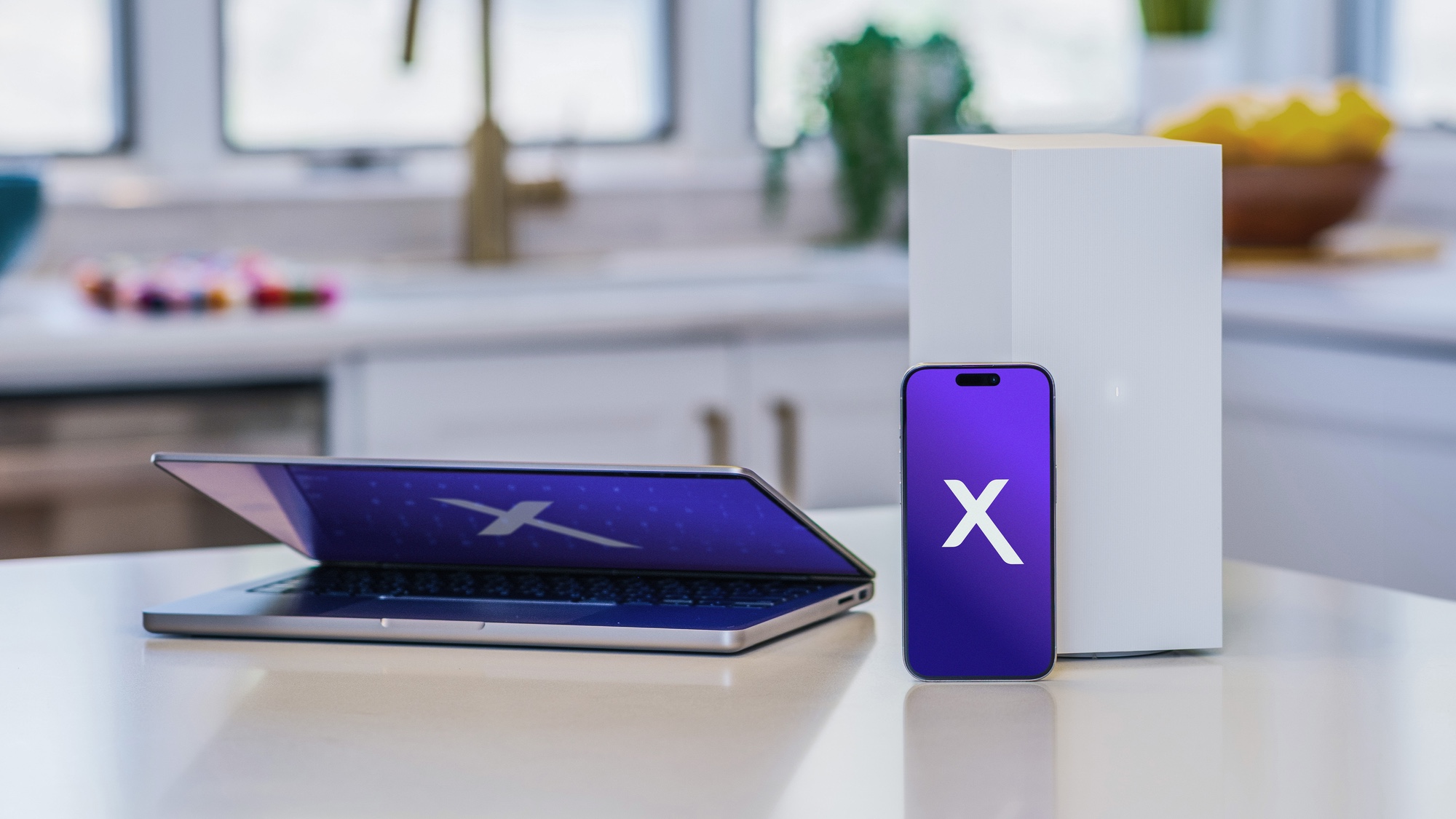The one Nintendo Switch 2 upgrade it really needs is not what you think
The Nintendo Switch 2 is almost definitely going to be faster but what about its Wi-Fi speeds?
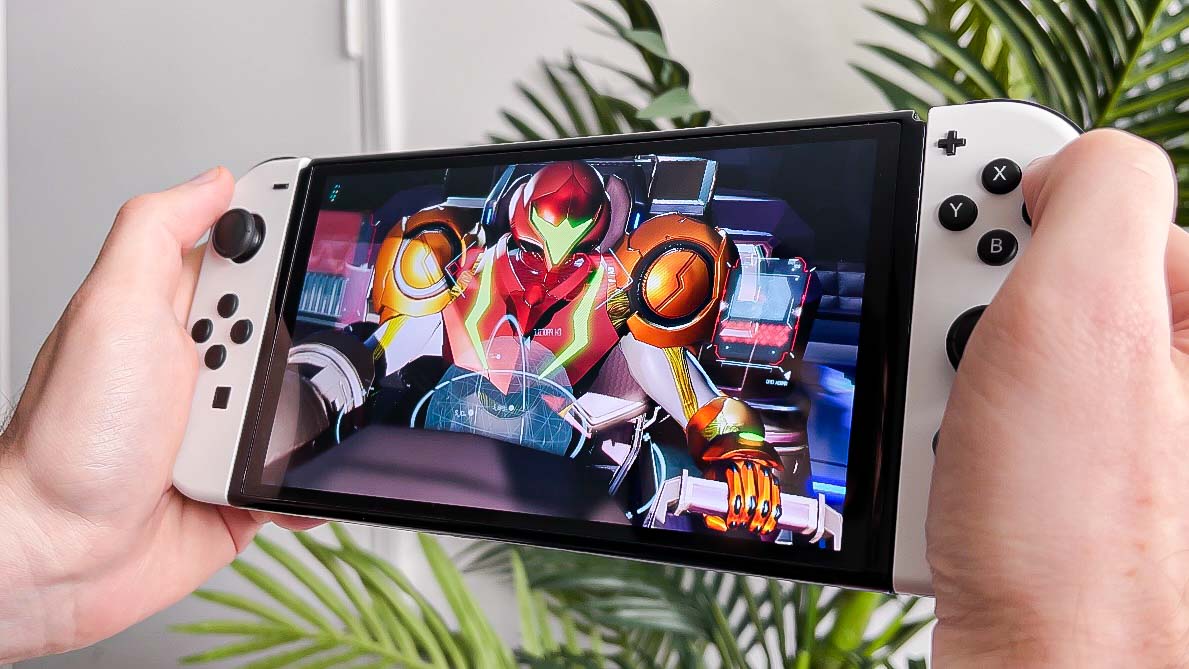
It’s been six years since the release of the Nintendo Switch and rumors regarding the inevitable Nintendo Switch 2 are already beginning to ramp up.
Fans of Nintendo’s hybrid console want its successor to be faster and more powerful with support for 4K, though they also want an OLED screen like the one found in the Nintendo Switch OLED to become standard. Backwards compatibility with the original Switch will also be important for the Switch 2 to succeed.
Of all the upgrades the Nintendo Switch 2 might possibly get, there’s one that I really want that so far has been overlooked by Nintendo and even Microsoft and Sony in their respective consoles. Although the term next-gen usually refers to better performance and graphics, connectivity is an increasingly important feature, especially now that more gamers are purchasing their games digitally instead of at brick-and-mortar stores.
Even if you prefer physical games over digital ones, better connectivity will mean faster updates and online play with less lag. This is why I think Nintendo shouldn’t skimp out when it comes to the Wi-Fi chip in the Nintendo Switch 2 and maybe, it should even consider adding 5G support.
Serious room for improvement
Just like with its previous consoles, Nintendo used older hardware to help keep the price of the Switch low.
While the hybrid console is powered by a custom Tegra chip from Nvidia (the Tegra T210 to be exact) based on 2015’s Tegra X1, it uses an even older Broadcom chip from 2014 for its Wi-Fi and Bluetooth capabilities. Broadcom’s BCM4356 chip adds 802.11ac or Wi-Fi 5 as well as Bluetooth 4.1 to the Nintendo Switch.
Since the Switch has Wi-Fi 5 support, it can use both the 2.4GHz and 5GHz bands on the best Wi-Fi routers. The 5GHz band on a Wi-Fi 5 device can reach speeds of up to 866 Mbps in ideal conditions. But in my testing, my launch model Switch has never got close to that.
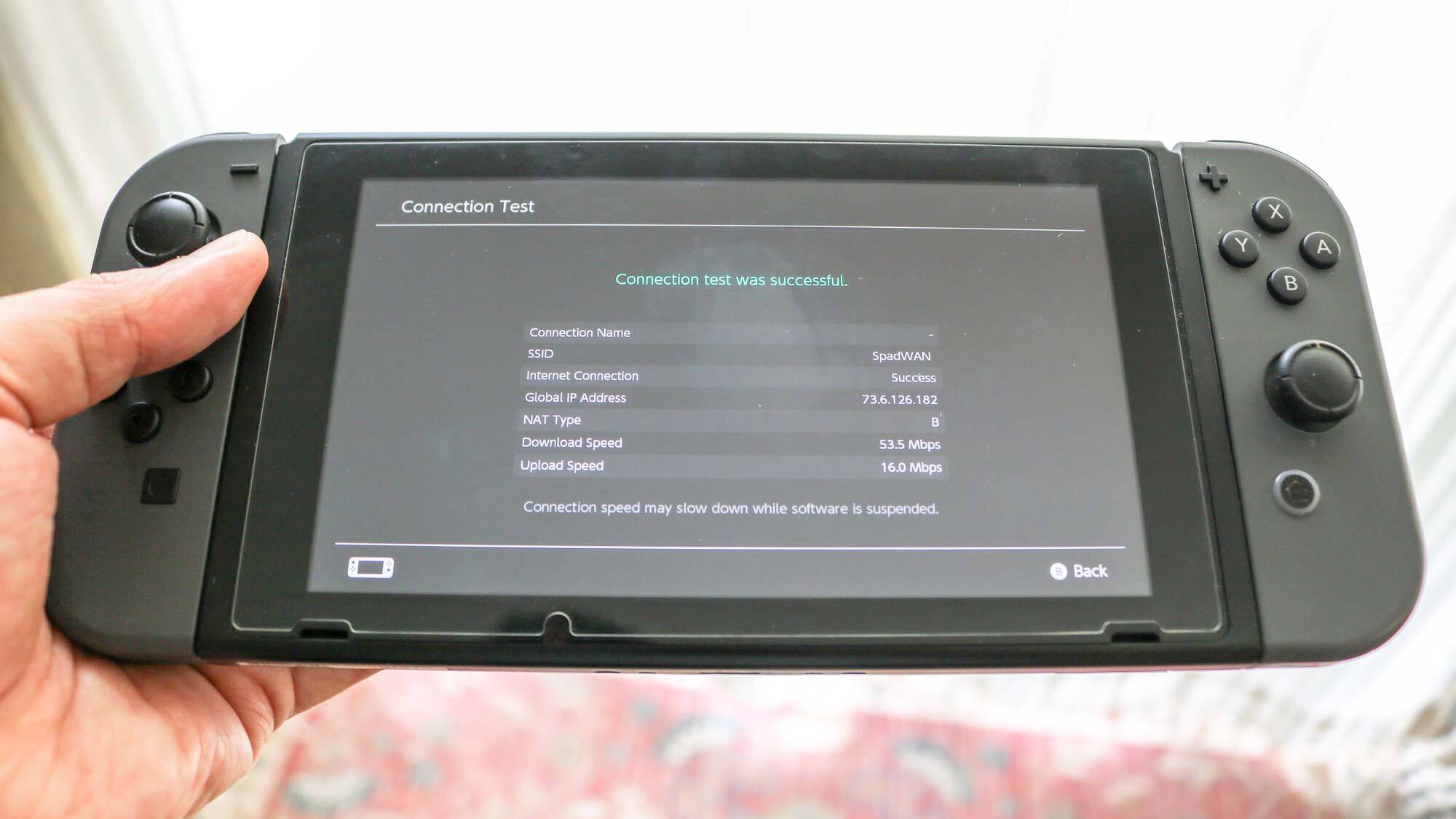
As you can see in the picture above, my Switch had a download speed of just 52.5 Mbps after testing its internet connection from the console’s settings menu. While I took this picture in my kitchen where there’s better light, I actually ran the speed test first only a few feet away from one of the best mesh Wi-Fi systems in my office.
Nintendo Switch Online is quite different from Microsoft’s Xbox Game Pass since you can only use it to play retro games from older Nintendo consoles, but imagine how much it could be improved with better Wi-Fi. You just might even be able to stream games from the service in addition to downloading them locally to your console.
Putting other handhelds and even next-gen consoles to shame
The Nintendo Switch certainly reignited gamers’ love for handheld devices but more recently we’ve seen loads of other handheld consoles come to market. I won’t go into all of them but a few have the same limitations as the Switch when it comes to connectivity.
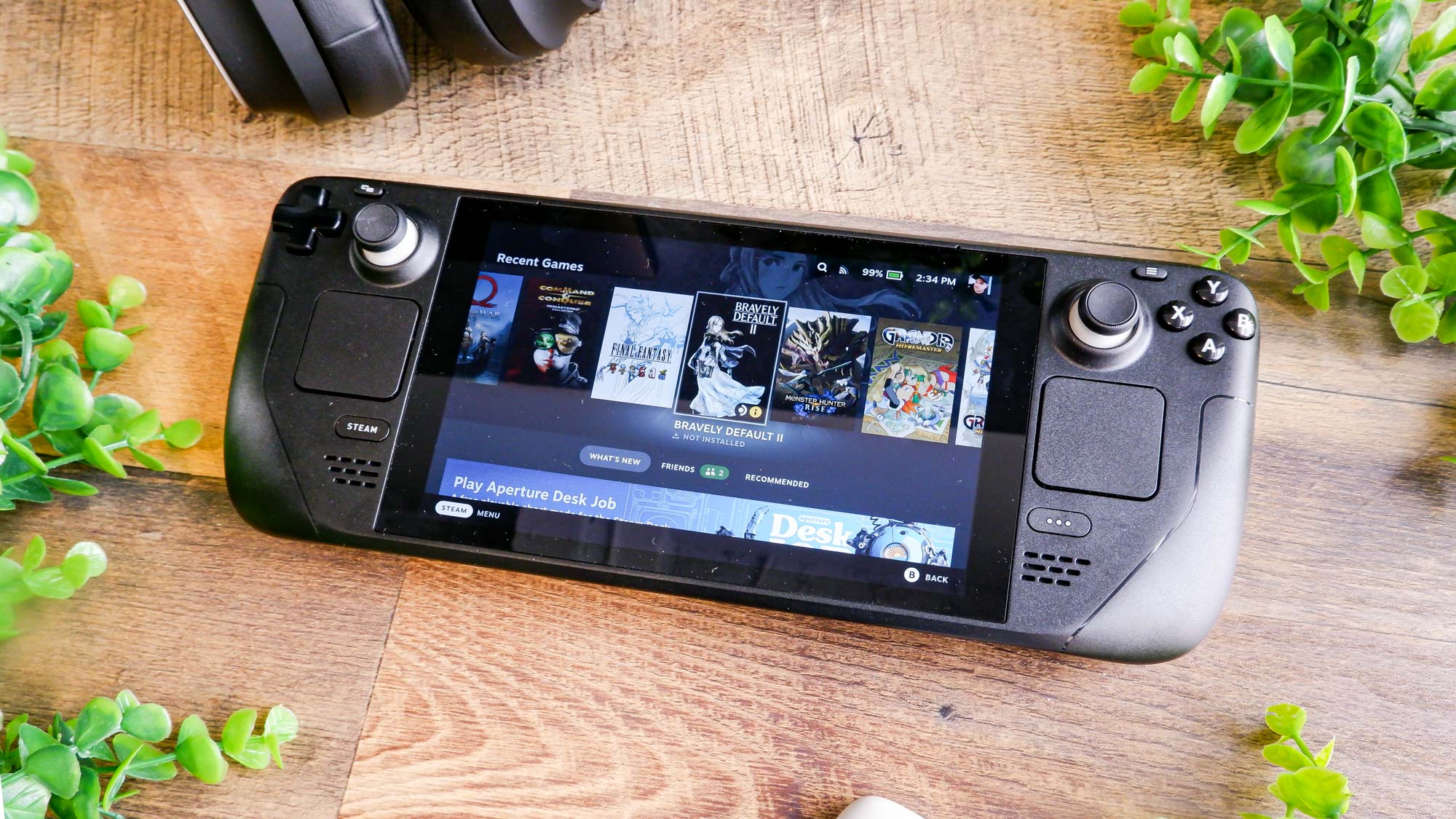
Take Valve’s Steam Deck for instance. Even though it was released in February of last year, it has the same Wi-Fi spec as the Switch. Yes, that’s right. The Steam Deck only supports Wi-Fi 5. Since games are downloaded and played on the device locally, it isn’t really a deal breaker. However, with another handheld console that launched last year, it certainly is.
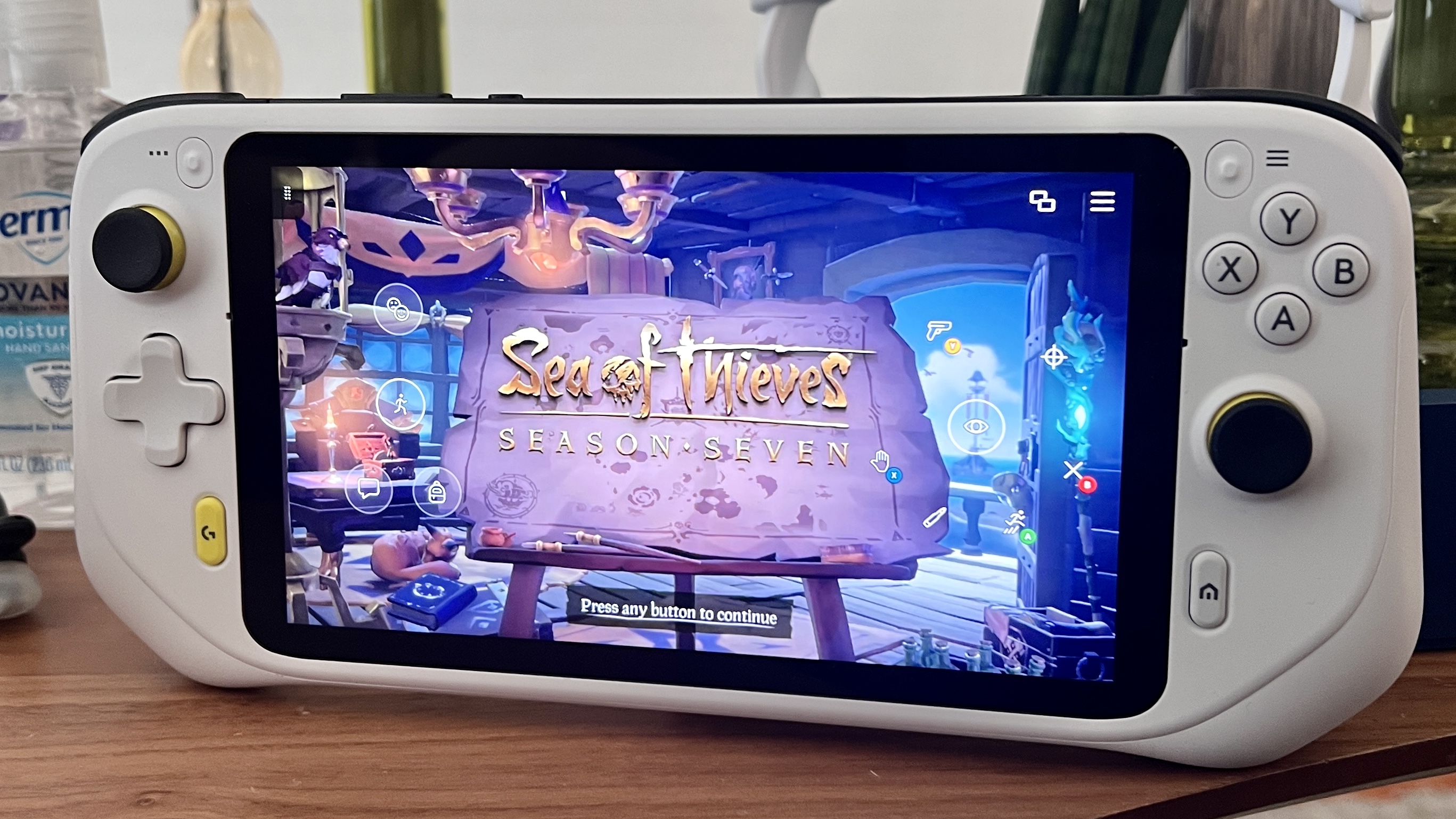
Unlike the Steam Deck, the Logitech G Cloud is primarily a cloud-based handheld. Sure, you can play some Android games and run emulators locally, but the real selling point of the device is how well it works with Xbox Game Pass, Nvidia’s GeForce Now and the best cloud gaming services. Despite its focus on cloud gaming (it literally has cloud in its name), the G Cloud was also released with only Wi-Fi 5 support.
If you think only the best handheld gaming consoles are guilty of shipping with outdated Wi-Fi, you’d be wrong. Both the Xbox Series X and PS5 aren’t using the latest wireless standard, Wi-Fi 6E. Sony did a bit better with the PS5 as it ships with Wi-Fi 6 while the Xbox Series X also ships with Wi-Fi 5. This means that upgrading to Wi-Fi 6E won’t help speed up those 100 GB game updates on either next-gen console.
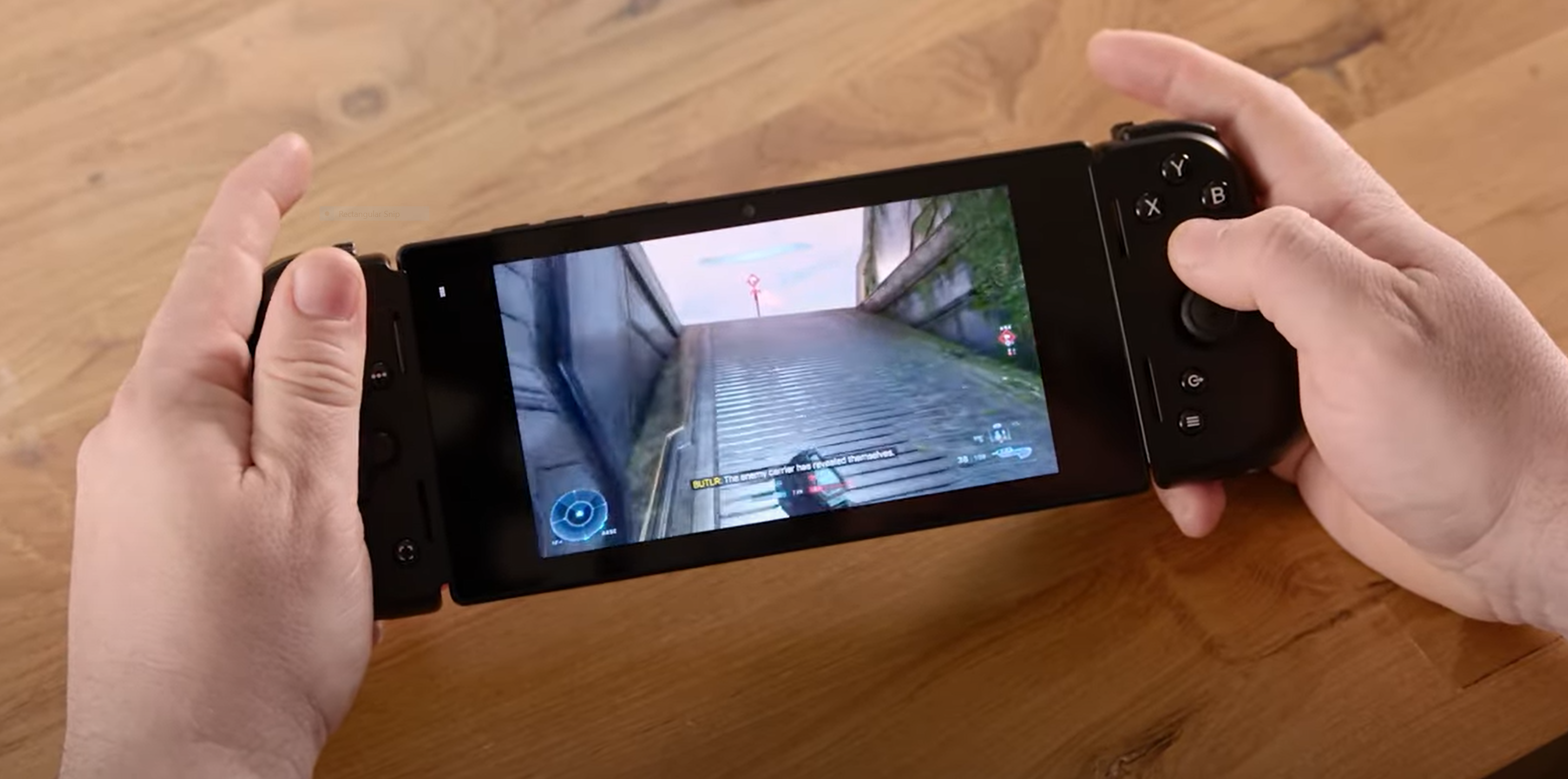
The Razer Edge 5G on the other hand, is a cloud-gaming handheld that gets connectivity right. Since it’s sold through Verizon, it comes with 5G support but when you’re gaming at home, it has Wi-Fi 6E to give you better latency and speed when streaming games from the cloud or even your own PC. Hopefully, Nintendo takes note of this if and when finalizing the specs for the Switch 2.
Faster Wi-Fi can help the Switch 2 stay relevant
When it comes to Wi-Fi and the Wi-Fi chips in game consoles, it’s better to have the latest Wi-Fi standard available since you can’t upgrade later like with one of the best gaming PCs. Instead, you’re stuck with the Wi-Fi chip the device ships with unless the company decides to do a refresh halfway through the console’s lifecycle like with the Xbox One X or the PS4 Pro.
Judging from the Nintendo Switch OLED, Nintendo likely won’t go as far as to upgrade the Wi-Fi chip if it decides to make a different version of the Nintendo Switch 2 down the road. While the Switch OLED got a bigger and brighter screen along with a redesigned dock, it still arrived with Wi-Fi 5 when it was released in 2021. At that time, swapping Wi-Fi 5 for Wi-Fi 6 wouldn’t have been that expensive or difficult to do.
The reason I think upgraded Wi-Fi is so important for the Nintendo Switch 2 is because of how the Switch’s Wi-Fi helped prolong the console’s life. While the aging console might not be able to run all of the latest games, Capcom was the first developer to leverage the cloud to bring newer games to the Switch with the release of Resident Evil 7: Biohazard Cloud. It then did this for the remakes of Resident Evil 2 and 3 along with Resident Evil Village. There are only a handful of Nintendo Switch cloud games but if it’s your primary console, at least you won’t be missing out on all the new experiences.
Since the Nintendo Switch 2 will likely once again be powered by an outdated chip, adding Wi-Fi 6E or even Wi-Fi 7 will help improve the console’s longevity. Plus, Microsoft could potentially bring Game Pass to the Switch’s successor along with Call of Duty. Either way, better Wi-Fi and perhaps even 5G would really help improve the handheld mode on the Switch 2 since you can always use an Ethernet cable in docked mode.
More from Tom's Guide
Sign up to get the BEST of Tom's Guide direct to your inbox.
Get instant access to breaking news, the hottest reviews, great deals and helpful tips.

Anthony Spadafora is the managing editor for security and home office furniture at Tom’s Guide where he covers everything from data breaches to password managers and the best way to cover your whole home or business with Wi-Fi. He also reviews standing desks, office chairs and other home office accessories with a penchant for building desk setups. Before joining the team, Anthony wrote for ITProPortal while living in Korea and later for TechRadar Pro after moving back to the US. Based in Houston, Texas, when he’s not writing Anthony can be found tinkering with PCs and game consoles, managing cables and upgrading his smart home.
